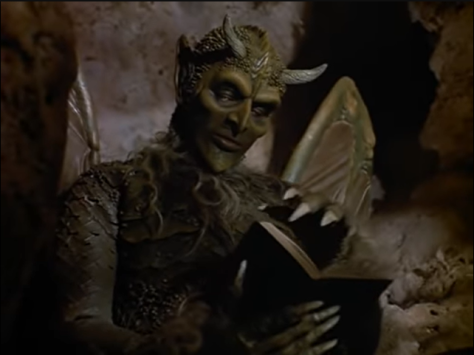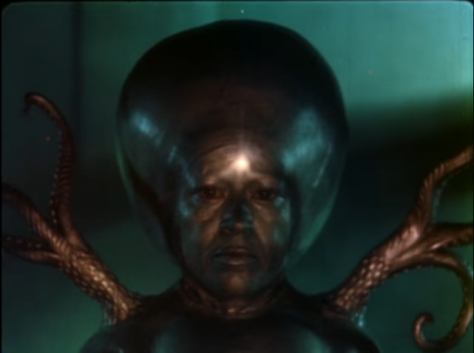
Before the year’s out, I’d be remiss not to take one last dive into the short-lived but intriguing Hollywood dalliance with the creature feature in the nineties, a trend that was unarguably spurred on by Jurassic Park. None of the subsequent follow-up movies is more directly connected to JP than Congo, another genre blockbuster based on a Michael Crichton novel that not only features special effects by Stan Winston and Co., but Spielberg’s longtime collaborator Frank Marshall in the director’s chair (one of Marshall’s previous directorial efforts was Arachnophobia, a missing piece of nineties creature feature history that will gets its due on this site eventually.) While its ambitions are certainly on a smaller scale than its predecessor—bringing to life a bunch of mutant gorillas is not quite as impressive as animating dinosaurs—through its rollicking adventure structure and jungle setting, I have no doubts it was trying to bring in at least some of the vast audience that the previous Critchton adaptation got. However, even if many of the surface elements remain similar, the explicitly throwback nature of this story makes for a different beast,







